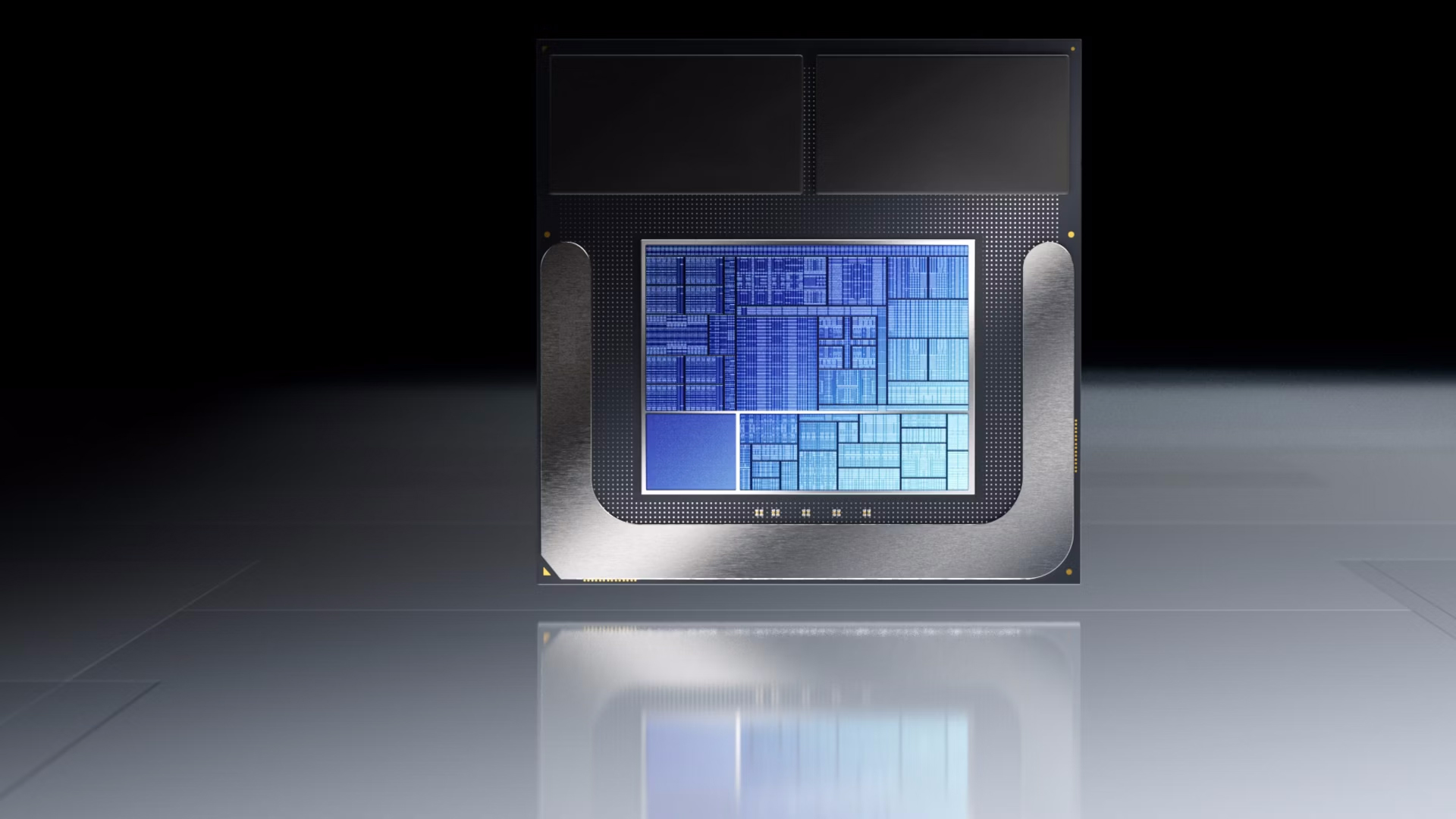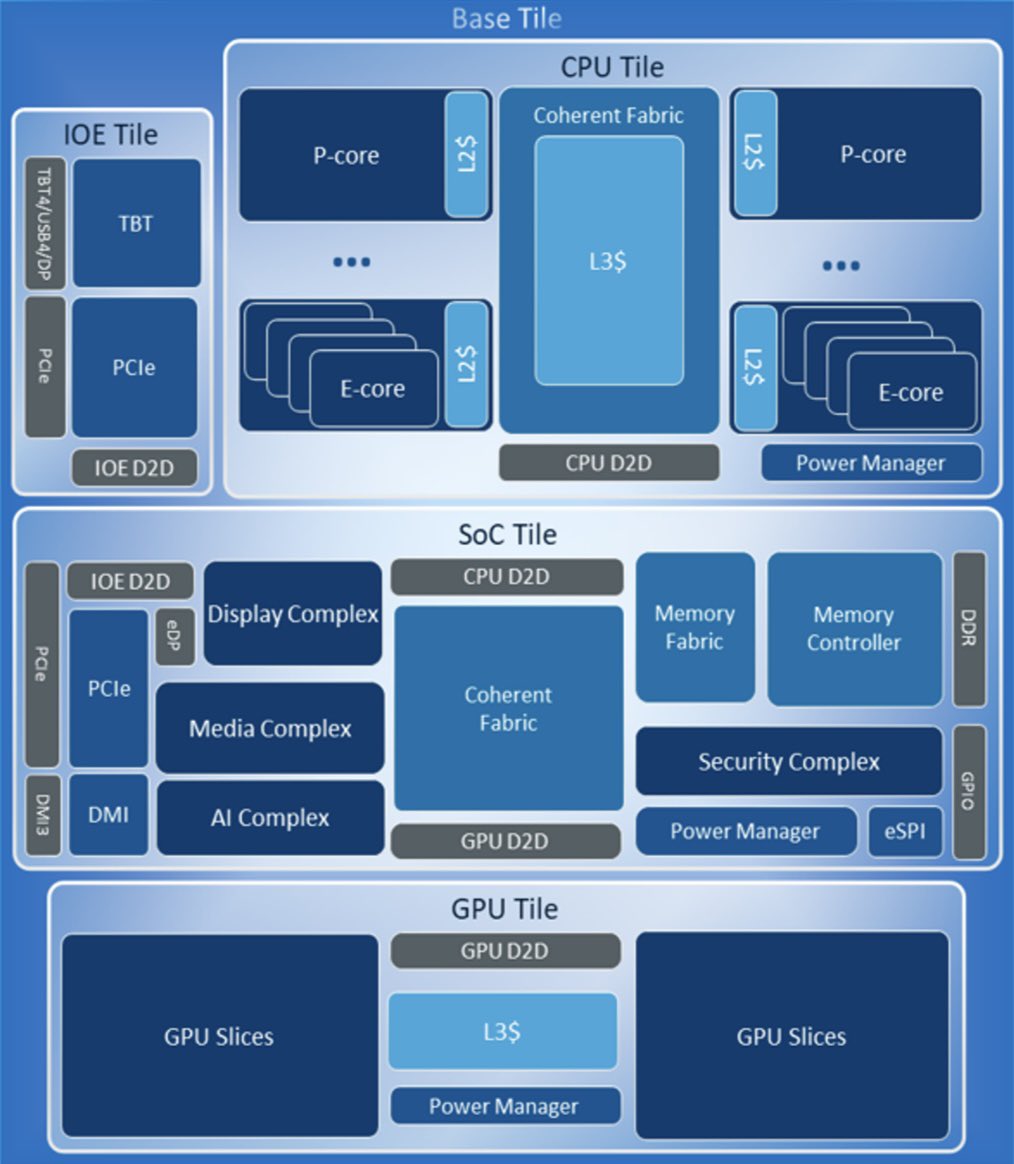
Intel's Core Ultra 200S series, codenamed Arrow Lake, has launched after a long wait. However, initial reviews have been disappointing. Arrow Lake shows generational regressions in gaming performance, as mentioned in our Core Ultra 9 285K review. Intel is seemingly back to the drawing board again and will allegedly revamp Panther Lake by integrating the IMC (Integrated Memory Controller) with the Compute Tile as per hardware leaker Kopite at X, nipping most of the latency issues in the bud. Moreover, hardware sleuth Jaykihn alleges Panther Lake lacks a dedicated SoC Tile.
Intel's disaggregated approach was bound to have problems, as we saw with AMD's RDNA 3 architecture. The latency problem is twofold - a slow ring bus (about 3.9 GHz) and an off-die memory controller. Raptor Lake could match Zen 4 in gaming performance due to a blazing fast ring bus - clocking in at roughly 5 GHz and a simple monolithic design. With Arrow Lake, data has to travel across dies to reach the memory controller, followed by the DRAM. Plus, we have the added penalties introduced by an almost 20% slower ring bus, leading to atrocious L3 access cycles. Here is a simple diagram of Arrow Lake for explanation.

Now that we have some context let's move on to today's leak. Kopite alleges that Intel's upcoming mobile-only Panther Lake CPUs will reintegrate or reunite the IMC with the Compute Tile. Hence, data will not need to be routed through additional Die-to-Die interconnects to communicate with the IMC.
Although PTL will reintegrate IMC into the compute die, NVL will once again separate and optimize it.October 26, 2024
But there's a catch—as always. Apparently, Panther Lake will not feature an SoC Tile, which could be the only plausible reason why Intel would abandon its AMD-esque strategy of separating the cores and the IMC. This should be taken with a pinch of salt, as there is no concrete evidence from Intel, and even the leaker seems unsure.
Subsystems traditionally located on a separate SOC tile are moved to the compute tile in PTL due to the lack of a dedicated SOC tile.The lack of a dedicated SOC tile is due to scale.October 26, 2024
Nova Lake, the successor to Arrow Lake, will reportedly separate the cores and the IMC again, but with added optimizations. We believe the IMC issue should not be that hard to fix since AMD has been using the same 2.5D strategy since the inception of Zen 2. The real question is the ring bus. Will Intel be forced to redesign its interconnects akin to AMD's renowned Infinity Fabric?
Most of this is unclear as of now, but everyone in the enthusiast field has one common concern: "Why did Arrow Lake underdeliver?" Intel axed Meteor Lake on the desktop to focus on Arrow Lake, and this is the first new architecture we've seen since 2021 (Alder Lake), as Raptor Lake was merely a refresh. For now, let's hope Intel can address Arrow Lake's inconsistencies through microcodes and Windows Updates, and then we'll see the final numbers.







